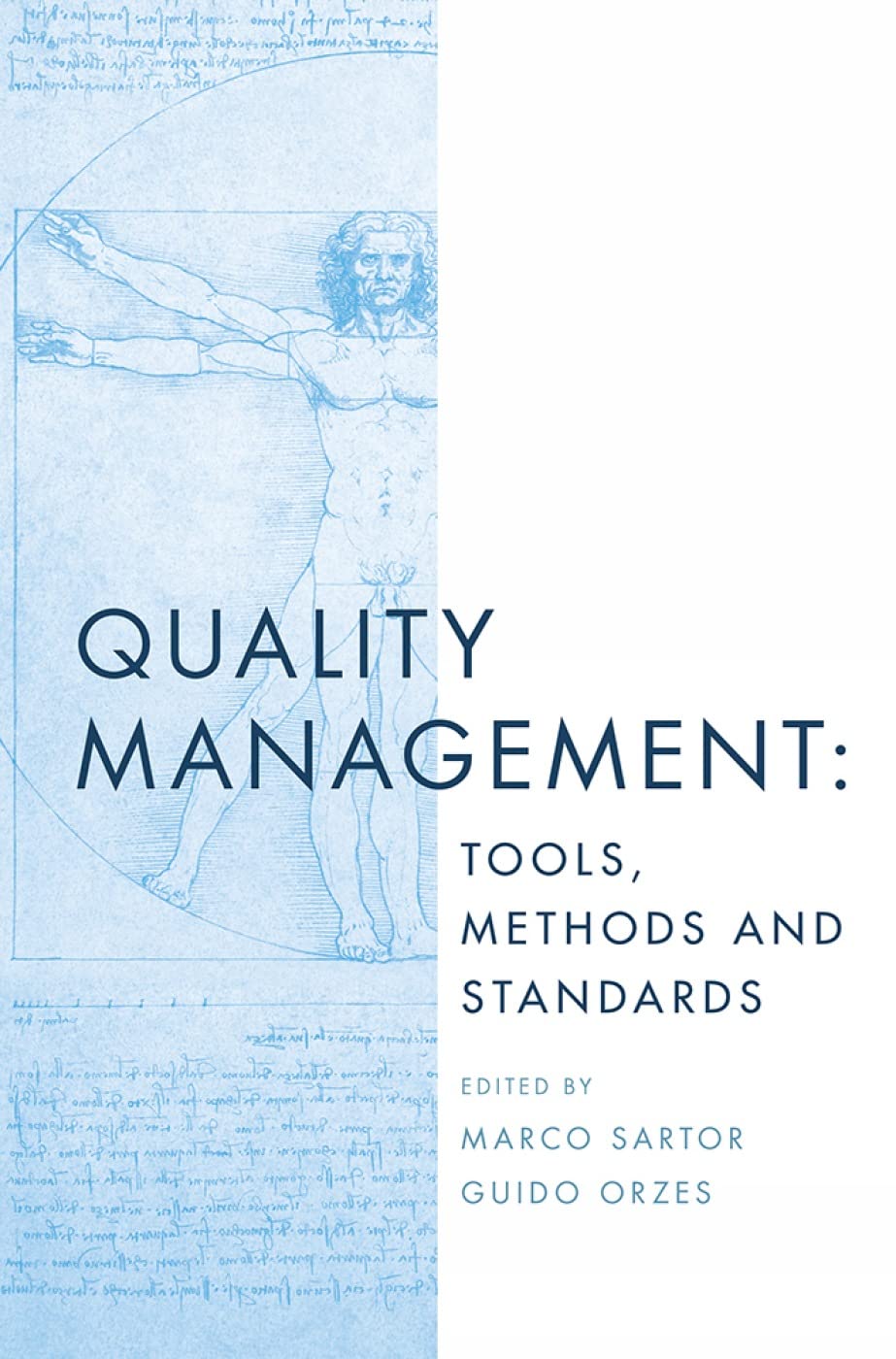
Check Sheet
What is a Check Sheet?
A check sheet is a structured, simple document used to collect and analyze data in real-time at the location where the data is generated. It is one of the Seven Basic Tools of Quality, widely used in project management, manufacturing, and service industries to track and monitor repetitive events, problems, or defects. Typically formatted as a table or grid, the sheet allows users to tally occurrences of specific events, helping identify patterns and trends over time. Its design makes it easy for team members to use without requiring extensive training, making it a practical tool for data-driven decision-making.
Key Points
- Teams primarily use a check sheet to gather quantitative or categorical data in a consistent format.
- It supports root cause analysis by revealing the frequency and distribution of issues or activities.
- The sheet often includes predefined categories to ensure consistency and reduce subjectivity.
- Teams usually create it before data collection begins, based on the specific problem or process they observe.
- Team members manually record each instance by marking the relevant column or row, often using tally marks.
- The visual nature of the data makes it easy to spot patterns or anomalies quickly.
- Users can customize it to meet project needs, such as tracking defects, safety incidents, or process delays.
- Check sheets contribute to continuous improvement by providing factual data to support corrective actions.
Related Terms
- A Pareto chart often uses data collected from a check sheet to display the most significant factors in a process.
- A control chart complements a check sheet by analyzing process variation over time.
- A cause-and-effect diagram draws information from trends identified through check sheet data.
- A process flowchart helps determine where a team should implement a check sheet in a workflow.
- A quality audit may involve using check sheets to ensure compliance with standards and procedures.
Check Sheet: Example
A project manager overseeing a product assembly line might use a check sheet to record the types and frequency of defects found in finished units. The sheet lists categories such as “missing part,” “scratched surface,” and “loose connection.” For every defect observed during the quality inspection, the inspector tally it in the appropriate category. At the end of the shift, the data reveals that “loose connections” occur most frequently, prompting a review of the assembly process.
Check Sheet: Best Practices
- Define clear, specific categories to avoid confusion during data collection.
- Train team members on how to use the sheet accurately and consistently.
- Teams keep the design simple and focused on the key issue being measured.
- Regularly review and update the sheet based on evolving project needs.
- Analyze the data periodically to support decisions for process improvements.
Additional Resources
Preparing for a PMI certification?
- Exam Prep Courses: PMP®, CAPM®, and PMI-ACP®
- Exam Simulators: PMP®, CAPM®, PMI-ACP®, PMI-PBA®, PMI-RMP®, PMI-SP®, PgMP®, and PfMP®
- Professional Development Units (PDUs): 15, 30, and 60 PDU Bundles




